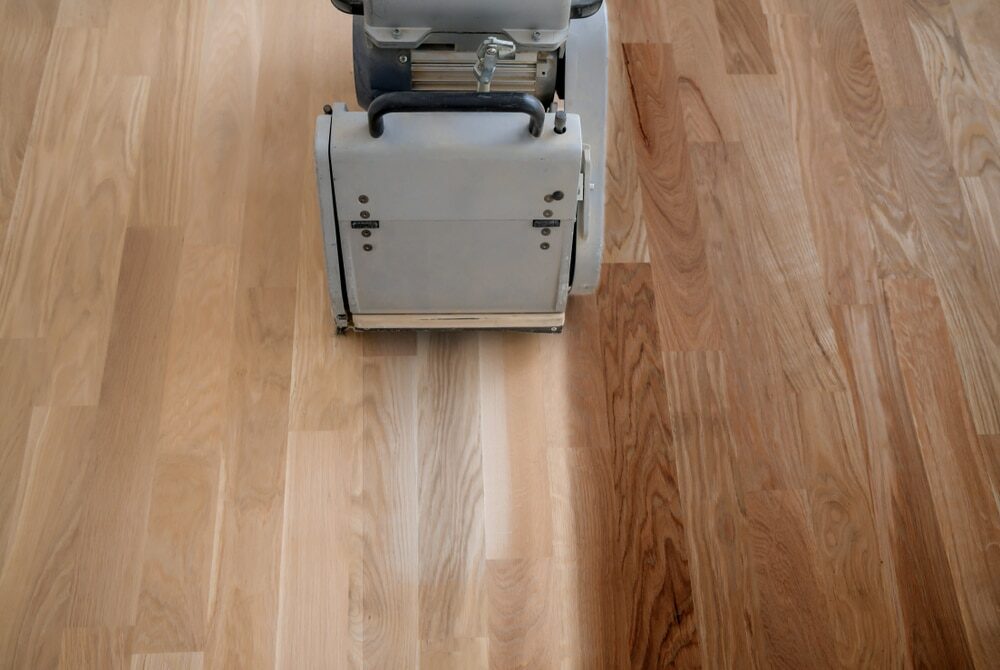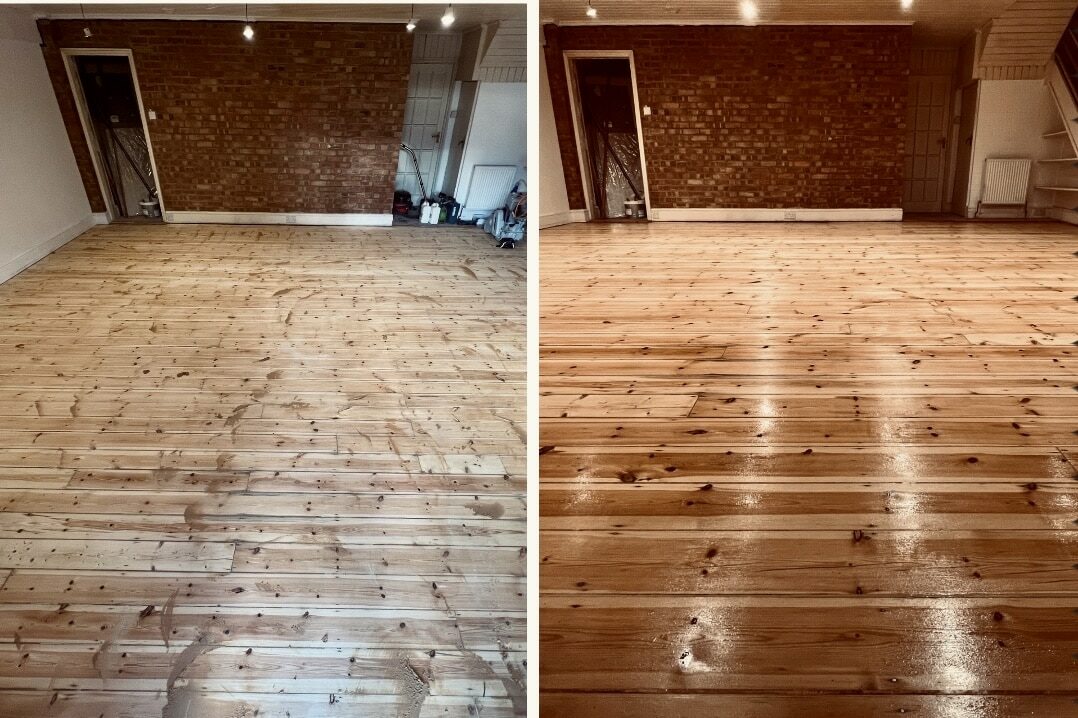London:
Nationwide:
What is Parquet Flooring? Timeless Elegance and Durability
Posted on May 6, 2023
Articles
Discovering the Timeless Beauty and Elegance of Parquet Flooring
Flooring plays a crucial role in determining the aesthetics and functionality of any interior space. Among the numerous flooring options available today, parquet flooring has emerged as a popular choice for homeowners and designers alike. But what exactly is parquet flooring, and why has it become so sought-after? This comprehensive blog post will delve into the world of parquet flooring, exploring its history, types, benefits, installation, and maintenance.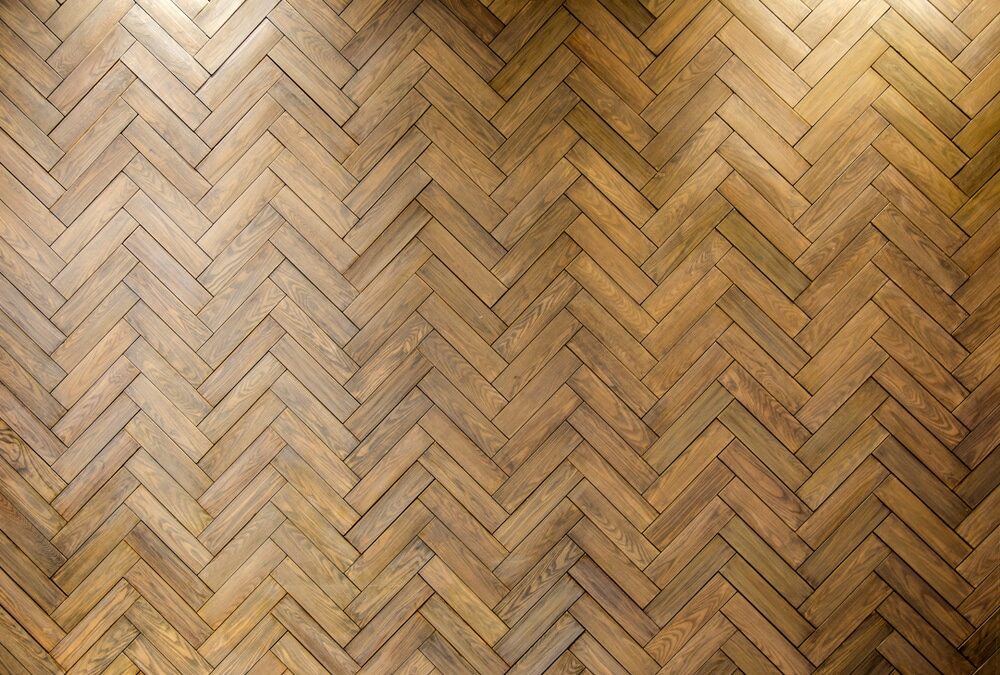
The Origin of Parquet Flooring
The word “parquet” is derived from the French term “parqueterie,” which means “a collection of small wooden pieces.” Parquet flooring has a rich history dating back to the 16th century, when it was first introduced in the grand palaces of France. Originally designed to replace marble floors that required constant maintenance, parquet flooring quickly gained popularity for its intricate patterns and easier upkeep. Parquet flooring consists of small wooden pieces arranged in a geometric pattern. These pieces can be made from various wood species like oak, maple, walnut, cherry, and exotic hardwoods. The patterns, crafted using these wooden pieces, create a visually striking appearance that adds charm and elegance to any space.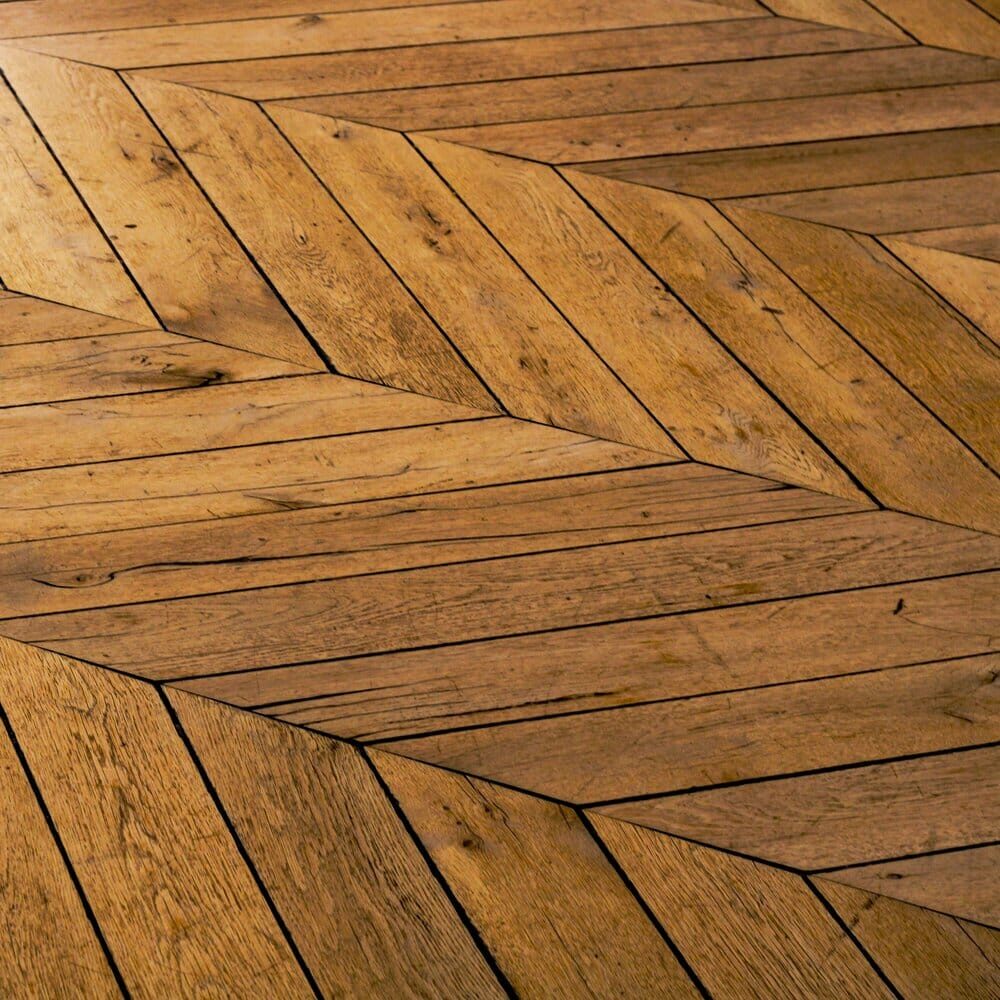
Types of Parquet Flooring
There are several types of parquet flooring patterns, each with its own unique charm and appeal. Some of the most popular ones include: 1. Herringbone: This pattern resembles the bones of a fish, with rectangular blocks arranged in a zigzag pattern. Herringbone is the most well-known parquet pattern and is highly versatile, suitable for both traditional and contemporary interiors.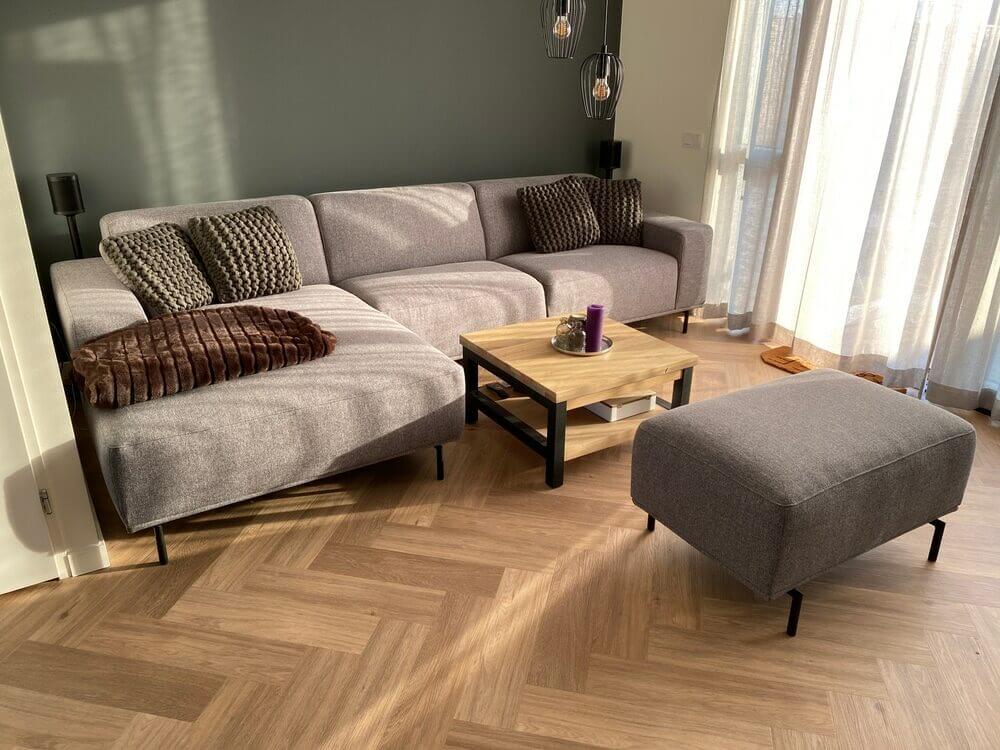 2. Chevron: Similar to the herringbone pattern, chevron features rectangular blocks arranged in a V-shape. This pattern creates an illusion of movement, making the space look more dynamic.
2. Chevron: Similar to the herringbone pattern, chevron features rectangular blocks arranged in a V-shape. This pattern creates an illusion of movement, making the space look more dynamic.
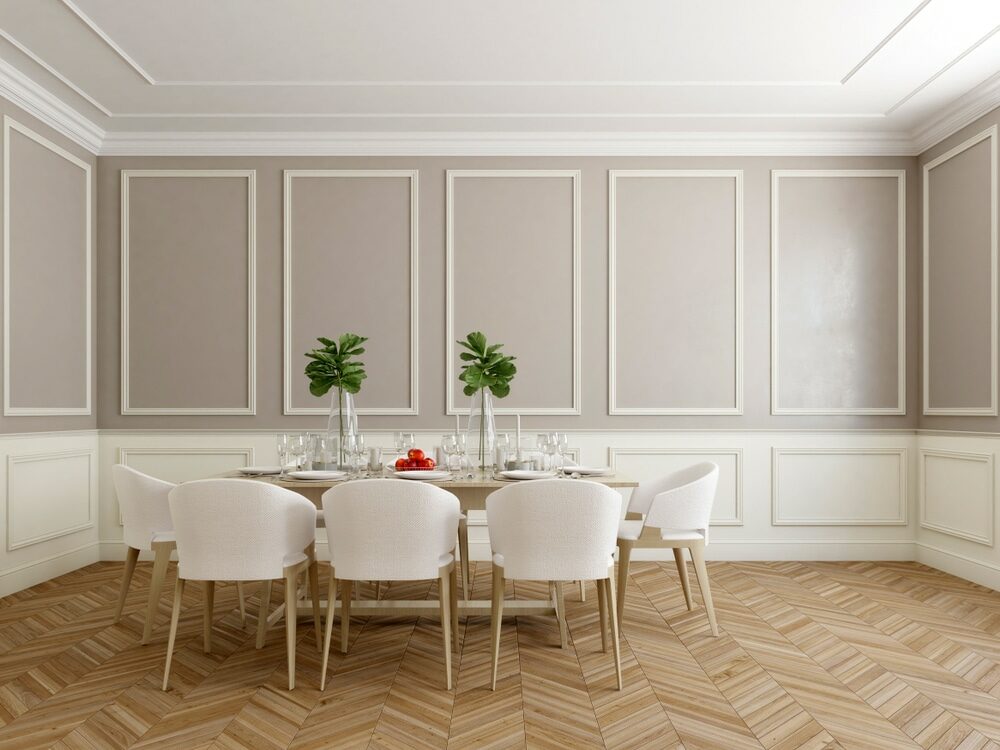 3. Basketweave: In this pattern, rectangular blocks are arranged to resemble a woven basket. The basketweave pattern creates a cosy and homely atmosphere, making it perfect for living rooms and bedrooms.
3. Basketweave: In this pattern, rectangular blocks are arranged to resemble a woven basket. The basketweave pattern creates a cosy and homely atmosphere, making it perfect for living rooms and bedrooms.
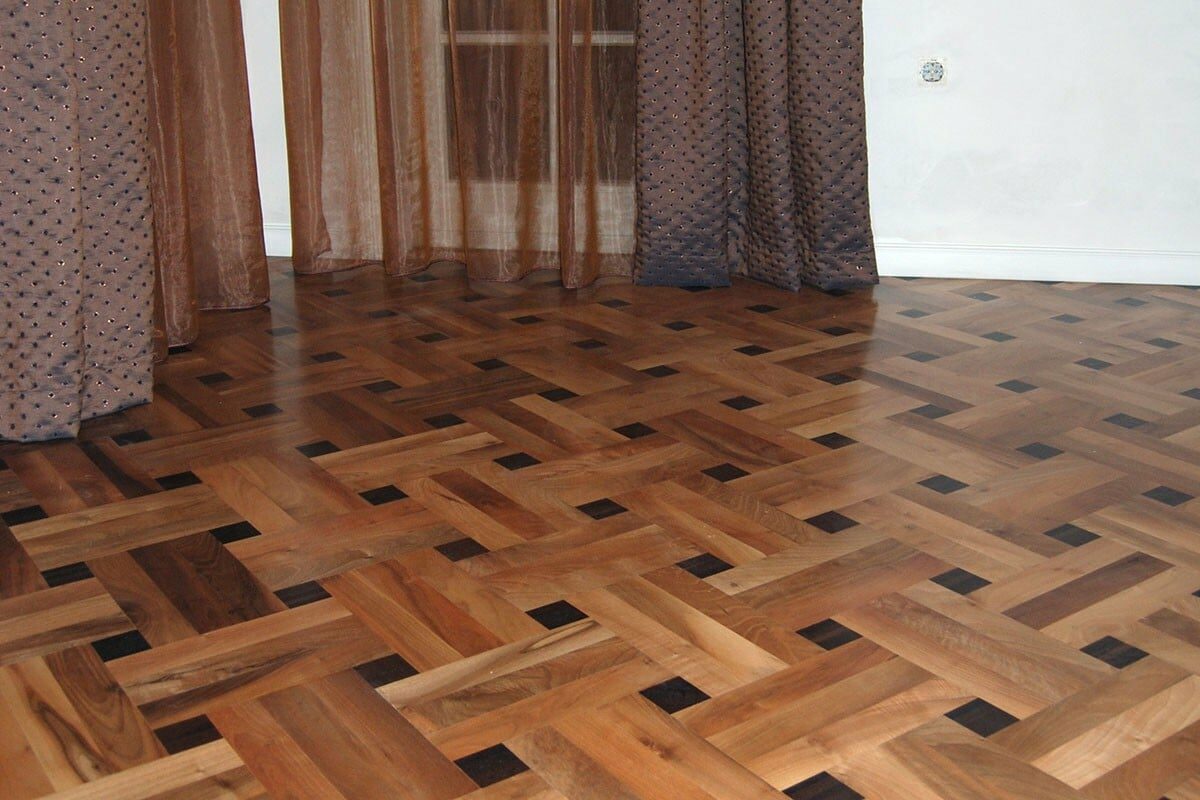 4. Versailles: Named after the Palace of Versailles in France, this pattern consists of large squares with interlaced diagonal lines. The Versailles pattern is intricate and sophisticated, making it ideal for luxurious spaces.
4. Versailles: Named after the Palace of Versailles in France, this pattern consists of large squares with interlaced diagonal lines. The Versailles pattern is intricate and sophisticated, making it ideal for luxurious spaces.
Benefits of Parquet Flooring
Parquet flooring comes with a host of benefits that make it a desirable choice for homeowners.- Aesthetic Appeal: The intricate patterns of parquet flooring instantly elevate the visual appeal of any space. The combination of various wood species and patterns creates a unique and elegant look.
- Durability: Parquet flooring is made from solid wood, making it durable and long-lasting. If properly maintained, it can last for decades.
- Insulation: Wood is a natural insulator, helping to keep your home warm in the winter and cool in the summer. Parquet flooring provides excellent thermal insulation, reducing energy consumption and saving on heating and cooling costs.
- Versatility: With a wide range of patterns and wood species to choose from, parquet flooring can be customised to suit any design style, from traditional to contemporary.
- Increased Home Value: Due to its timeless appeal and durability, parquet flooring can increase the value of your home, making it a wise investment.
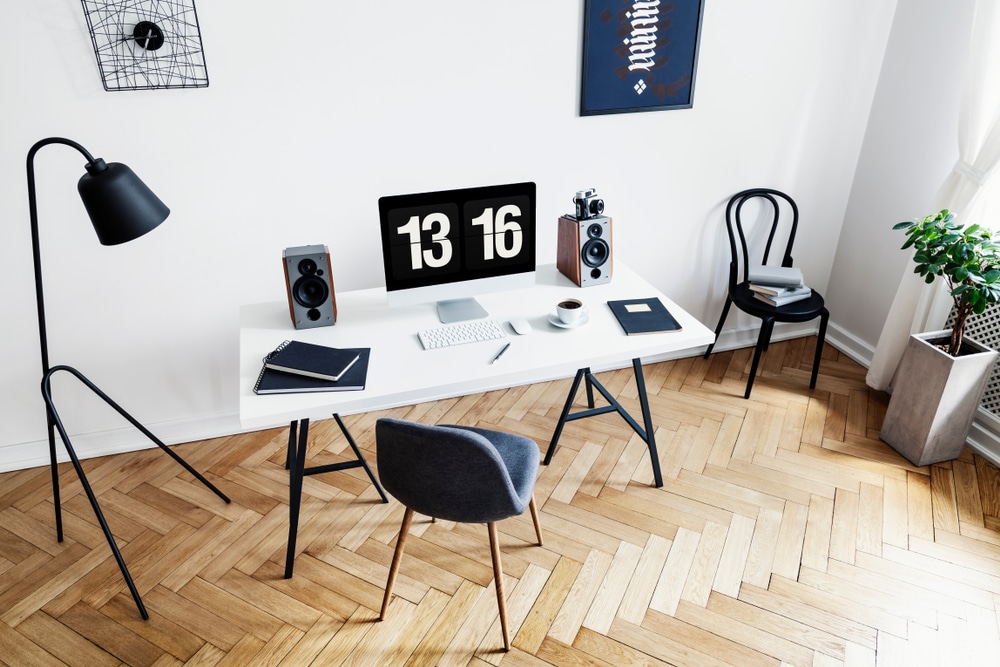
Installation of Parquet Flooring
The installation of parquet flooring requires professional expertise and precision. The process typically involves the following steps:- Preparing the subfloor: The subfloor must be clean, level, and dry before installing parquet flooring. This may involve removing any existing flooring, leveling the surface, and installing a moisture barrier.
- Acclimatising the wood: Wood is a natural material that can expand and contract due to changes in temperature and humidity. To minimise this movement, the parquet flooring should be acclimatised to the room’s conditions by placing it in the installation area for at least 48 hours before installation.
- Choosing the layout: Determine the desired pattern and direction of the parquet flooring. Consider the size and shape of the room, as well as any focal points, to ensure the pattern complements the space.
- Installing the flooring: Parquet flooring can be installed using various methods, such as glue-down, nail-down, or floating. Each method has its pros and cons, and the choice will depend on factors such as the subfloor type, budget, and personal preferences.
- Glue-down: This method involves applying adhesive to the back of the parquet pieces and securing them to the subfloor. It provides a stable and durable installation but can be time-consuming and challenging to remove if needed.
- Nail-down: In this method, the parquet pieces are nailed or stapled to a wooden subfloor. It is a faster installation process compared to glue-down but requires a wooden subfloor and may not be suitable for concrete or radiant-heated floors.
- Floating: Floating installation involves attaching the parquet pieces to each other rather than the subfloor using a tongue-and-groove system or click-lock mechanism. This method is easier and quicker to install, and it can be more forgiving of subfloor imperfections. However, it may not provide the same stability as the glue-down or nail-down methods.
- Finishing touches: Once the parquet flooring is installed, the final touches include filling any gaps with wood filler, sanding the surface to ensure it’s level, and applying a protective finish, such as oil or lacquer, to enhance the wood’s natural beauty and protect it from wear and tear.

Maintenance of Parquet Flooring
Proper maintenance is essential to keeping your parquet flooring looking beautiful and prolonging its lifespan. Here are some maintenance tips to follow:- Regular cleaning: Sweep or vacuum your parquet flooring regularly to remove dust, dirt, and debris that can cause scratches. Use a soft-bristled broom or vacuum attachment to avoid damaging the floor.
- Mopping: Clean the floor with a damp (not wet) mop and a gentle, pH-neutral cleaner designed for wood floors. Avoid using excessive water, as it can cause the wood to swell and warp.
- Protection: Use furniture pads or protective mats under heavy furniture and appliances to prevent dents and scratches. Place doormats at entryways to reduce the amount of dirt and debris tracked onto the floor.
- Refinishing: Over time, the protective finish on your parquet flooring may wear down, making the wood susceptible to damage. Refinishing the floor, which involves sanding and applying a new protective coat, can restore its appearance and prolong its life.
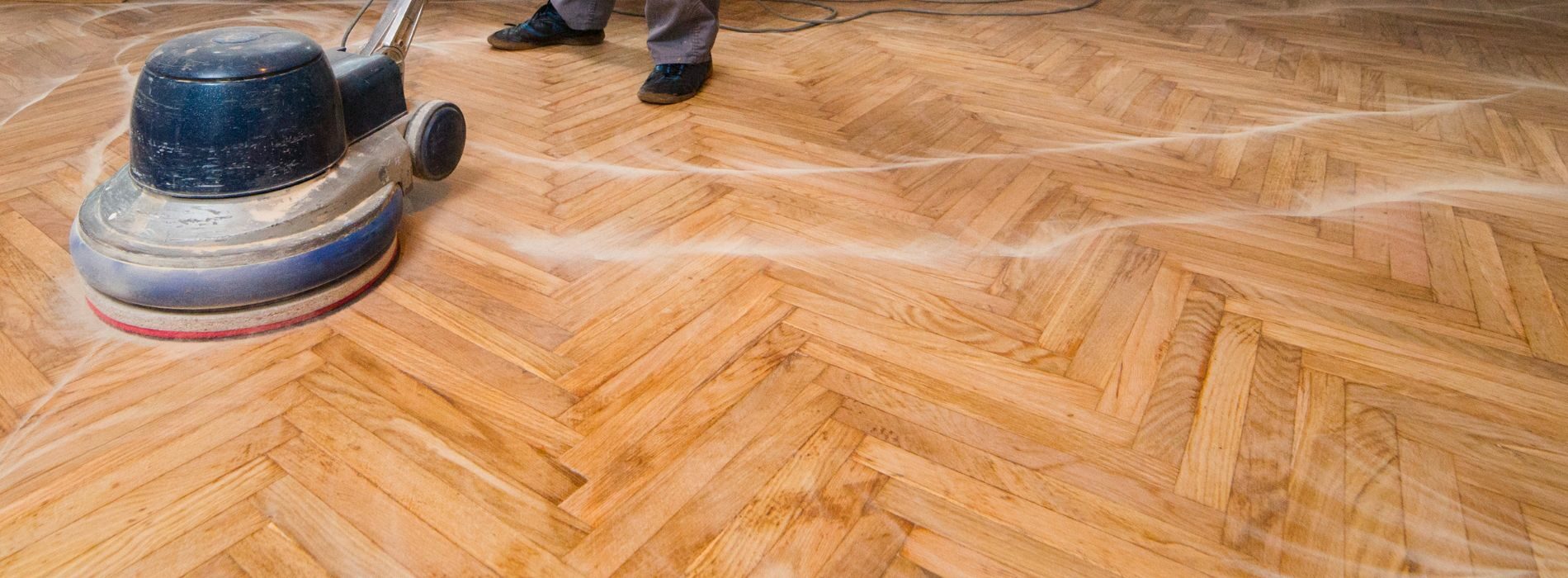
Some Useful Links:
Conclusion
Parquet flooring is a timeless and elegant flooring option that adds visual interest and warmth to any interior space. Its rich history, intricate patterns, and numerous benefits make it a popular choice for homeowners looking to enhance their home’s aesthetic appeal and value. By understanding the different types of parquet flooring, installation methods, and maintenance practises, you can make an informed decision and enjoy the beauty of parquet flooring for years to come.More from our Blog:
Can a New Wooden Floor Enhance Your Business? Experts Guide What Type of Wood Flooring is Right for You? The Expert Guide Hardwood Flooring Pros and Cons: A Complete Guide to Make an Informed Choice Unveiling the Art of Hand-Distressed Hardwood Floors
Sanding
We provide virtually dust-free sanding with our continuous belt machinery with mobile extraction units, giving you a safer environment for your family.
Oiling
This organic finish not only adds beauty to your home but also has exceptional water-repellent characteristics, making it easier to clean and maintain.
Waxing
This natural floor finish offers the softest and most mellow appearance – and leaves your floor able to breath.
Buffing
Using soft buffing machines (and hand-polishing where required) will bring a wonderful sheen to your newly-finished floor.
Repairs
We offer a full assessment of your wooden floors to determine what repairs are needed to provide the perfect working surface for the later stages of sanding, staining and sealing.
Restoration
We offer a comprehensive restoration process designed to address floors that are improperly fitted or damaged over time through wear and tear.
Request a fixed price quote for your wood floor restoration now
Simply enter your postcode below to get started.
Services
Wood Floor Sanding Wood Floor Restoration Wood Floor Scratch Repair Squeaky Wood Floor Repair Parquet Floor Sanding Parquet Floor Restoration Commercial Floor Sanding School Floor Sanding Gap FillingCopyright © Mr Sander®
Privacy & Cookies Terms & Conditions Complaints Procedure Cancellation Rights Sitemap